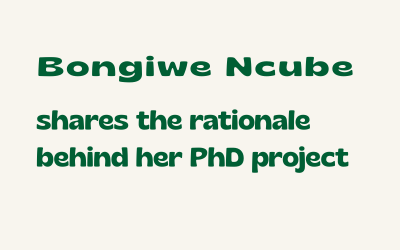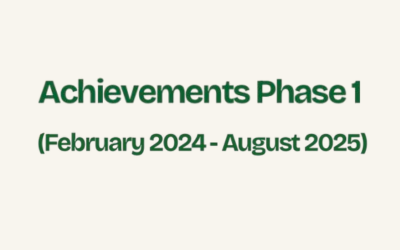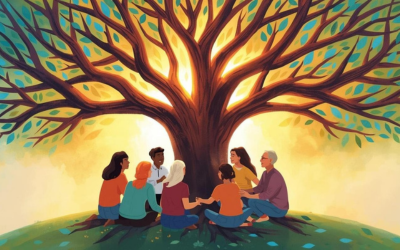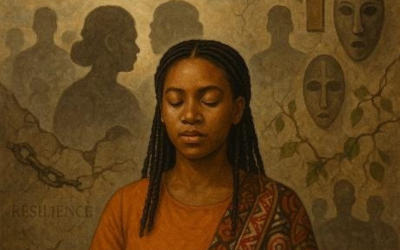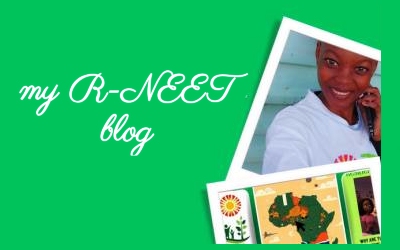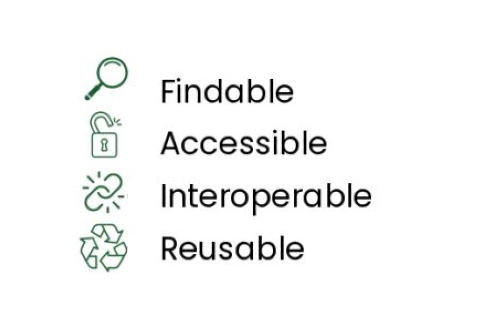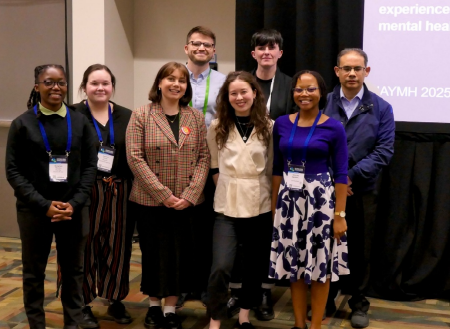Our team has grown considerably over the past six months, and at the same time we have started to identify some common training needs. Fanfare, then, for the National Centre for Research Methods offering a six-week, online course on creative methods at exactly the right time! We only wish there had been more spaces for all of our team members!
Having completed the course, some of the R-NEET attendees, led by Albee, have offered their reflections on the learning experience, and how they might carry this learning into their day-to-day work on the project.
Anita Mwanda (Doctoral Research Assistant, R-NEET) As I completed the Creative Research Methods course, I reflected on how this experience reshaped my approach to understanding resilience and depression among NEET (Not in Education, Employment, or Training) youth in Gauteng, South Africa. The course expanded my research toolkit, introducing creative approaches beyond traditional surveys and interviews, enabling deeper engagement with participants’ lived experiences.
Before this course, my research relied on conventional methods—primarily surveys and interviews—which, while valuable, could not fully capture the complexity of NEET youth’s experiences. Creative research methods, such as photovoice, narrative inquiry, and creative writing, offer participatory techniques that allow for a richer exploration of emotional depth and lived realities. Photovoice, for example, enables youth to visually document their environments, shedding light on their struggles and resilience. Narrative inquiry provides a means for participants to share personal stories, adding nuance to gendered experiences of resilience and depression. Additionally, creative writing exercises, such as poetry or personal diaries, foster deeper reflection and provide an expressive outlet for complex emotions.
Looking ahead, I plan to integrate these methods into my research. Photovoice will allow youth to document their sources of strength, while narrative storytelling will uncover gender-specific experiences. Creative writing will serve as both a research tool and a therapeutic exercise, offering participants a safe space to explore their emotions. These approaches not only empower youth to share their stories but also facilitate more authentic connections with their lived experiences. By incorporating creative methods, I aim to enhance the inclusivity and depth of my PhD research, ensuring that youth voices inform interventions designed to support their well-being. This course has given me a new lens through which to approach my research, and I look forward to implementing these creative methods to foster a deeper understanding of resilience and mental health among NEET youth.
Bongiwe Ncube (Educational psychologist and associate doctoral candidate, R-NEET) Attending the creative research methods was an eye-opening experience because it exposed me to the many ways in which research can be presented and generated. I was also intrigued with how various methods can be used in various contexts, such as using storytelling in times of crisis because it helps to build trust and focuses on the impact of crisis and how people are able to manage their challenges. I also realized that some methods might not necessarily work in South Africa because of how they are delivered. For example, making use of digital tools might not be beneficial for older generations whereas it might work with younger generations. But even so, given the loadshedding that we experience in SA (and for some people – in particular those that live in townships and rural areas, this extends to load reduction of up to 5 hours of no electricity in a day), some digital tools might not work. Although I already knew of some of the methods, I was quite interested in the use of basket weaving in times of crisis and how that builds relationships and makes connections, not just for research purposes. I think creating simple artwork such as knitting or beadwork or even woodwork (beyond drawings or collages), would be creative and help building connections with the youth. I think that would help keep them engaged throughout the research process while also facilitating conversations and connections with not only the research but with themselves and each other. And, on the plus side, it would also be a skill that they can always have.
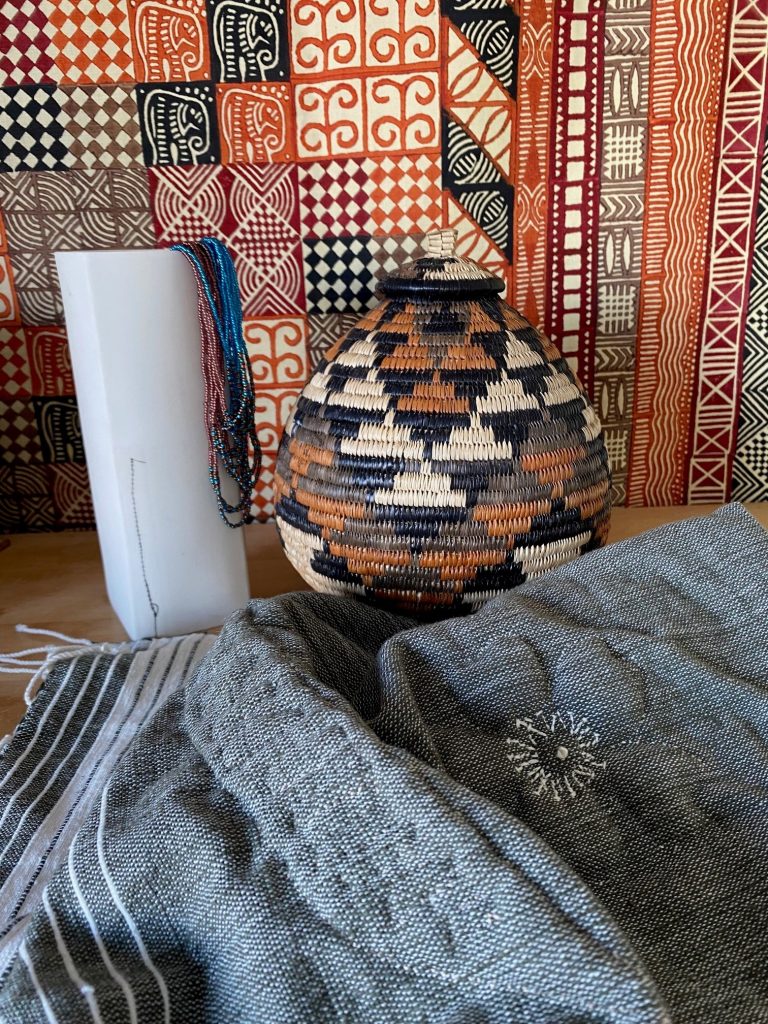
Albee Ofosu (Doctoral Research Assistant, R-NEET) Although I was aware of some of the methods, the ones that stood out to me were the discussion on using diaries, digital storytelling, objects and artefacts in interviews. These approaches provide participants with a flexible and unique way of sharing their experiences, especially when discussing sensitive topics in participant-centred research. As they serve as a data collection tool and a medium for self-expression, allowing participants to document their thoughts, emotions, and experiences over time. The course also discussed the concept of using diaries, objects, and artefacts, which was particularly relevant during COVID-19. For example, researchers Naomi Clarke and Debbie Watson, during the pandemic, utilised creative diary approaches to capture participants’ personal experiences, allowing participants to document their daily realities in multimodal ways, i.e storytelling through crafting. These methods are especially relevant to my PhD research, which explores gender-based violence among NEET young adults in South Africa, through a storytelling format, objects and artefacts that will serve as narrative anchors, offering tangible entry points into participants’ lived experiences. Through the course, I gained valuable insights into how objects and artefacts—such as personal diaries, photographs, or crafted items can serve as tangible representations of lived experiences. Diaries as artefacts hold symbolic and material significance, offering insights into how people curate, document, and assign meaning to their lived realities. Blending storytelling with material culture and diaries will bridge a gap between subjective experience and broader socio-cultural contexts, making them a valuable resource in my research. My intention is that integrating these creative methods into my study will enhance the depth and authenticity of my research findings.
Morenike Oyenubi (Doctoral Research Assistant, R-NEET) Beginning the PhD journey is both exciting and overwhelming, especially when it comes to choosing the right research methods. For many in the early stages of research, this step feels daunting. However, the methods we choose shape the knowledge we produce and the way we engage with communities in the process. Taking the Creative Research Methods course early on in my PhD has been an important resource in shaping my project. It has introduced me to a range of innovative and participatory approaches that centre the voices and experiences of research participants. My research is focused on African voices, particularly those of youth. Historically, knowledge of Africa has been produced through extractive, top-down methods, made for outside audiences. Western narratives have dominated the literature, often silencing local perspectives and failing to safeguard or benefit the communities involved. While there is a push to decolonise research, much work is still to be done and this needs to remain central to research design.
Creative research methods offer an alternative. They align with decolonial principles by centring communities’ ways of knowing and shifting power towards the participants. Over six weeks, the course explored different creative methods including using animation, video, poetry, and diaries to collect and/or disseminate data. These methods not only enhance data collection but also allow for more ethical, context-sensitive research. I was especially drawn to arts-based methods like creative writing and drawing. These tools invite participants to share their knowledge in ways that best suit their needs and communication styles. Using creative research methods challenges the Western-centrism of academic research and opens the door to greater inclusivity and community interaction. When participants can shape how knowledge is created, the research becomes more meaningful and in-depth. Art, in particular, is useful for this. It can capture emotion and nuance in a way that words often cannot. The course has provided greater clarity on how methods can benefit my research and the communities that will help co-produce knowledge. I see creative methods as a way forward, helping to amplify marginalised voices in a step towards more equitable research.
Adekunle Wulaimat (Doctoral Research Assistant, R-NEET) The use of enhanced and mobile interviews was a standout aspect of creative research methods for me. Incorporating visual and sensory elements, such as walking interviews, photographs, and videos, into the traditional face-to-face interview format was awesome. I was able to capture a more significant and contextualized understanding of participants’ experiences. The mobile interviews, in particular, allows one to journey with the participants through their everyday environments, pointing out significant milestone, objects, and spaces that held meaning for them. This not only provided a richer understanding of their lives but also enabled one to see the world from their perspective, literally and symbolically.
Engaging with creative research methods has challenged our understanding of how innovative approaches could potentially enhance research on resilience to depression among NEET young people in South Africa and Nigeria. Traditional research methods often struggle to capture the complexities of mental health and resilience, especially in communities where stigma or structural barriers make open discussions difficult. However, arts-based and participatory methods—such as storytelling, diaries, and creative expression—might offer our participants alternative ways to share their experiences and perspectives. We hope that these approaches will not only provide richer, more nuanced data but also foster a sense of agency and connection, helping participants articulate their multisystemic resilience in ways that feel natural to them – and maybe even fun!

